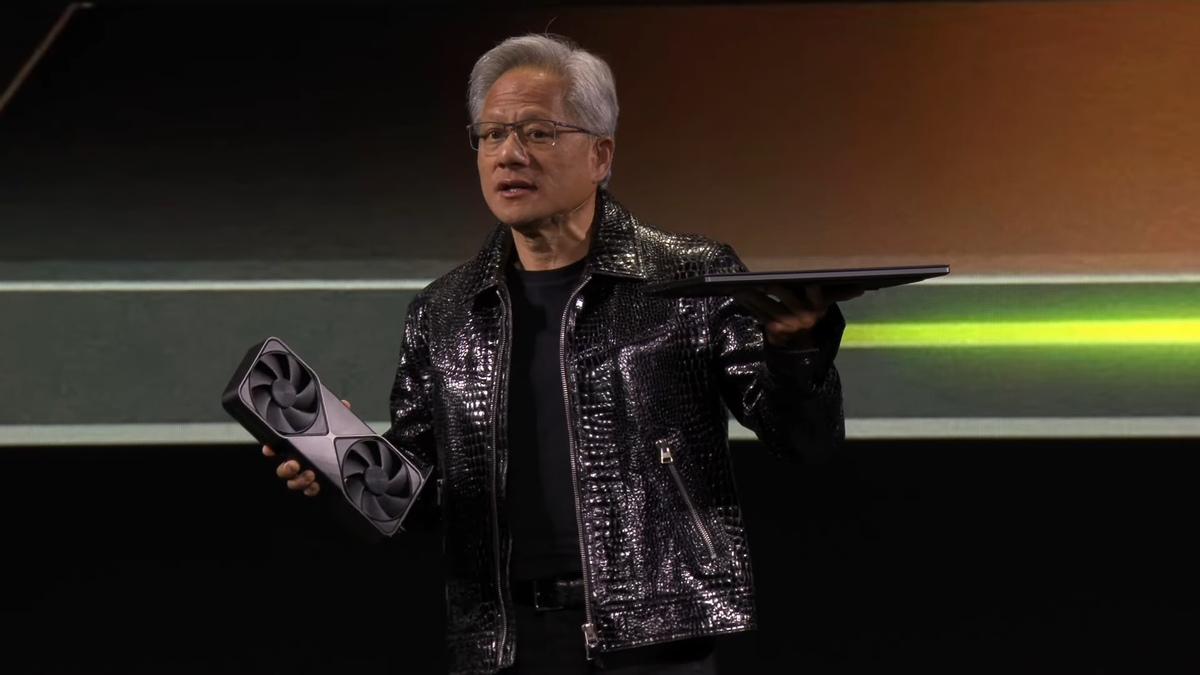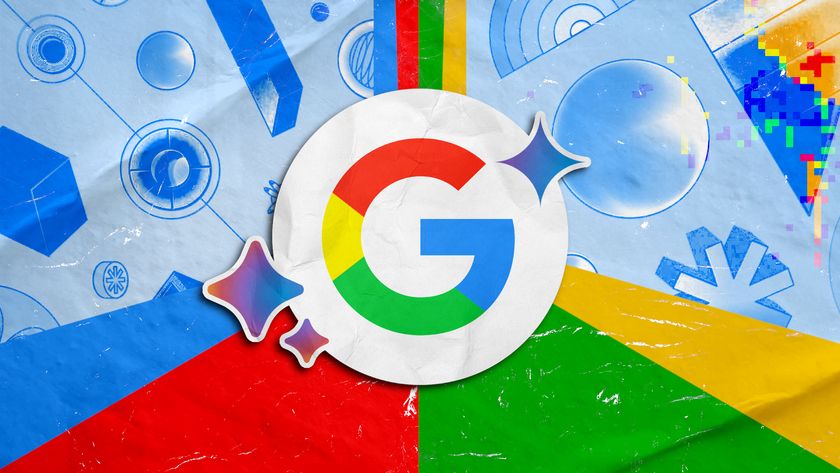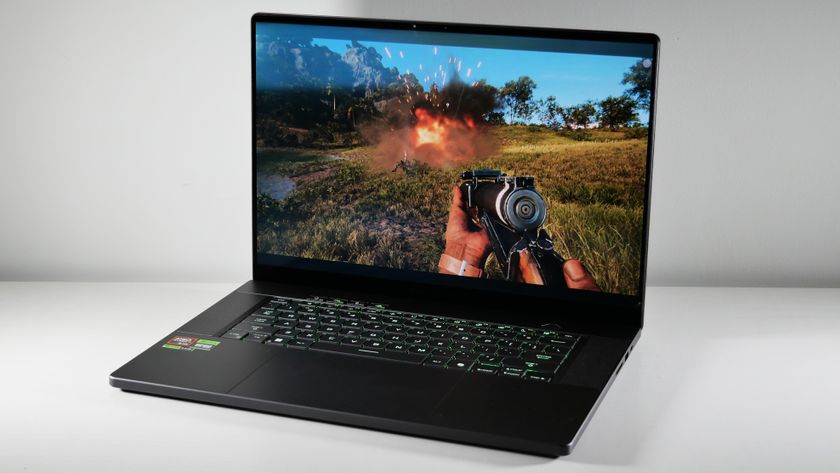Nvidia CEO Jensen Huang: "Our ability to have a digital twin of the human is plausible."
Huang recently appeared on an episode of Cleo Abram's Huge Conversations, and discussed his next big bets for the industry.

AI's next feat might have less to do with writing emails and more to do with the human body — at least, according to Nvidia CEO Jensen Huang.
Huang recently appeared on an episode of Cleo Abram's Huge Conversations, and discussed his next big bets for the industry.
Huang touched on Nvidia's work with robotics and AI, bolstering his claim that "everything that moves will be robotic." But, Huang's next big bet is on Nvidia's digital biology work.
The Nvidia CEO explained that if we can "understand the language of the human body and the understand the language of biology," then "all of a sudden our ability to have a digital twin of the human is plausible."
What in the world is a digital twin?
This isn't the first time we've seen Nvidia touch on "digital twins." In a Nvidia blog post, a digital twin is defined as "a virtual representation...of a real-world physical asset or system, which is continuously updated."
The post goes on to say, "Digital twins aren't just for inanimate objects and people," implying that you can have a digital twin for a human, but the way that Huang is involving biology in this discussion makes it seem like simulating actual human bodies could be a possibility.
In his conversation with Abram, Huang explains that Nvidia is working in digital biology to "understand the language of molecules and the language of cells" in the same way that we currently understand the language of physics.
Stay in the know with Laptop Mag
Get our in-depth reviews, helpful tips, great deals, and the biggest news stories delivered to your inbox.
Why would understanding how molecules and cells communicate with each other be useful if the knowledge wasn't meant to eventually be used to simulate a digital twin of an actual human?
While the idea might sound outlandish, it's not altogether unprecedented.
Researchers have suggested, "it is possible to construct [a] Human Digital Twin," but there's still "a long way to go because of not only its extreme complexity, but also so many aspects involved, especially the security and social ethics problem."
Huang has accurately predicted the next big thing with AI, so it's entirely possible he could be right about this, but only time will tell if Nivida has what it takes to go full-on Matrix.

Sarah Chaney is a freelance tech writer with five years of experience across multiple outlets, including Mashable, How-To Geek, MakeUseOf, Tom’s Guide, and of course, Laptop Mag. She loves reviewing the latest gadgets, from inventive robot vacuums to new laptops, wearables, and anything PC-related. When she's not writing, she's probably playing a video game, exploring the outdoors, or listening to her current favorite song or album on repeat.



